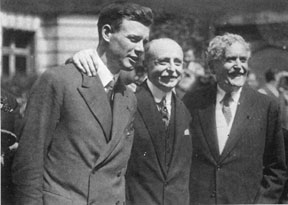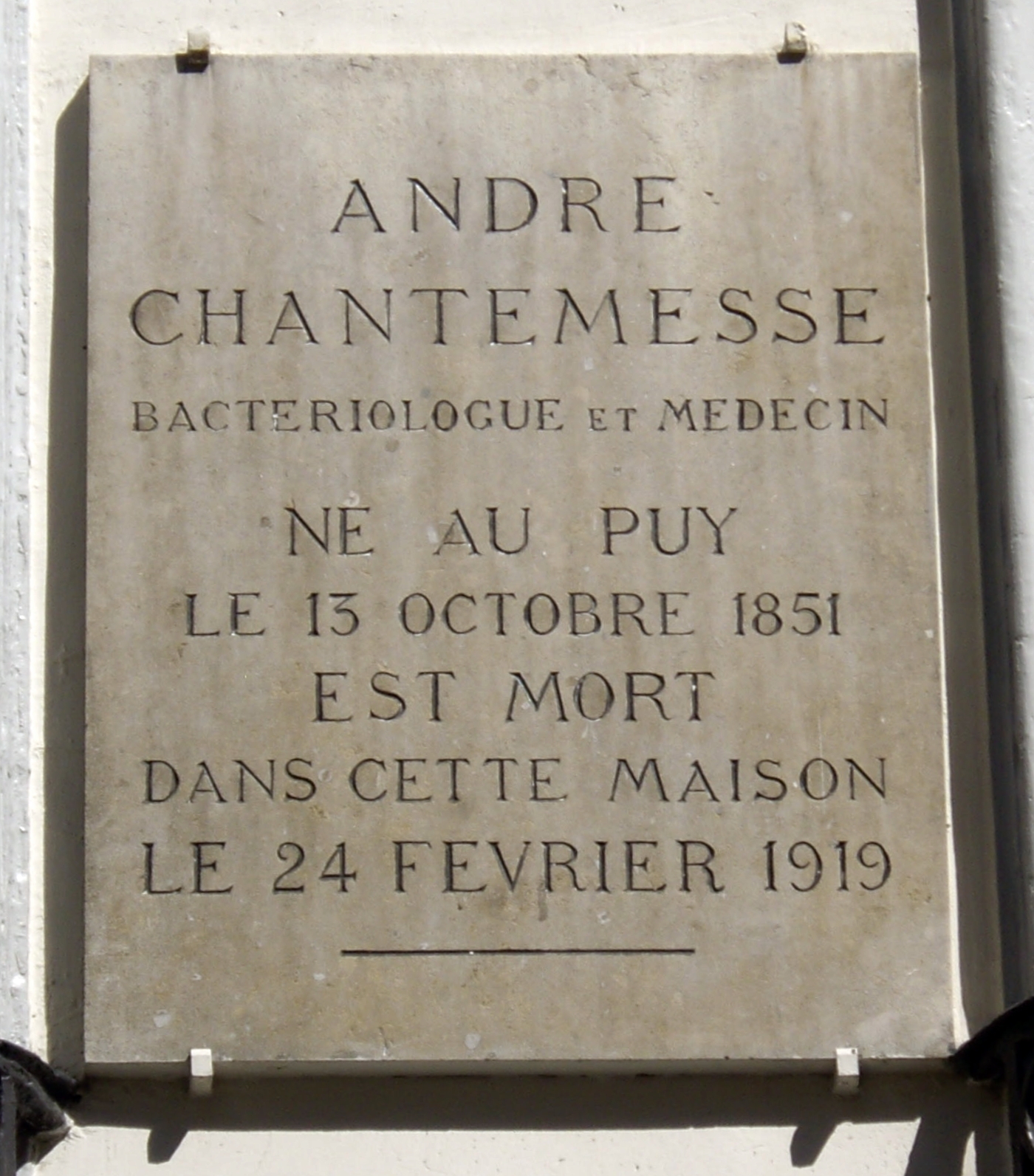|
Myron Timothy Herrick, US ambassador to France during the first months of WW I, was born in Huntington, Ohio, on 9 October 1854.
Herrick served as the Governor of Ohio from 1904 to 1906, when he was defeated after he refused to support the plan for prohibition of alcohol in Ohio.
He subsequently served as United States Ambassador to France from 1912 to 1914 and again from 1921 to 1929. During this second period he hosted Charles Lindbergh in Paris after his successful New York to Paris flight (1927).
He died from a heart attack, on March 31, 1929, while in office in Paris.
His bust by French sculptor Drivier can be seen place des Etats-Unis (square of the United States!), a few meters from where he had inaugurated the monument to the American volunteers in 1923.
A commemorative 'tablet' commissioned by the American Legion is placed in the front wall of the building where the embassy chancery was during his time as ambassador.
He is the only American ambassador to France with a street named after him in Paris, in the 8th arrondissement.
Myron T. Herrick, ambassadeur des Etats-Unis en France au début de la Première guerre mondiale, est né le 9 octobre 1854 à Huntington, Ohio. Il est mort à Paris le 31 mars 1929.
Après avoir été gouverneur de l'Ohio de 1904 à 1906, il fut ambassadeur en France de 1912 au 28 novembre 1914, puis de 1921 à 1929. Il mourut d'une attaque cardiaque dans son bureau.
Il avait marqué cette seconde période par de nombreux gestes de commémoration de l'amitié franco-américaine pendant la Guerre mondiale, notamment en 1923 l'inauguration du Monument aux volontaires américains, place des Etats-Unis. C'est sur cette même place que fut inauguré le 12 février 1937 un buste de lui, dû à Léon-Ernest Drivier.
Une plaque commémorative à son nom a été posée par l'American Legion sur la façade du bâtiment où se trouvait la chancellerie de l'ambassade.
Il est le seul ambassadeur américain en France à avoir donné son nom à une rue de Paris.
|
Myron T. Herrick (R) and Louis Blériot (C) welcome Charles Lindberg (L) in Paris, 1927. ©CharlesLindbergh.com

|



